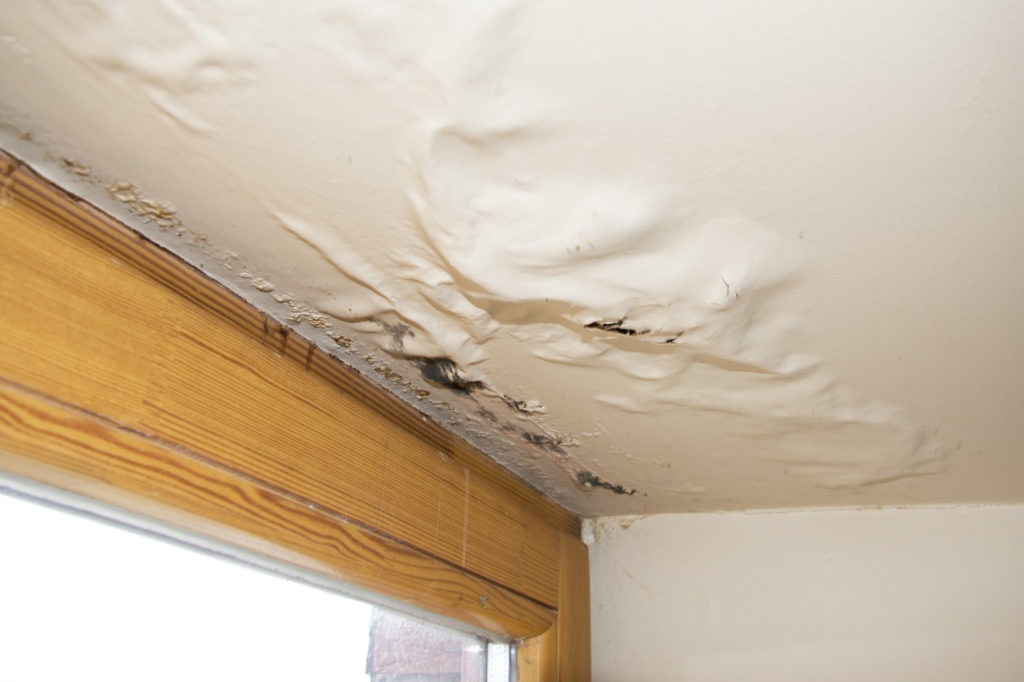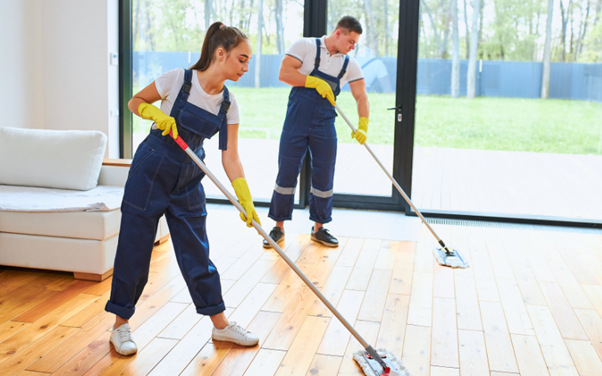Water damage in homes is frustrating, costly, and dangerous if left untreated. Here in Orlando, we face hot humid summers and heavy seasonal rainfall that can lead to all kinds of water intrusions and flooding issues. When water invades places where it’s not supposed to be, it can cause extensive damage to floors, walls, furnishings, and the overall structural integrity of a home.
Burst pipes
Central Florida faces the occasional deep freeze during winter months. When temperatures drop below 32°F, exposed exterior pipes and interior pipes located alongside exterior-facing walls are prone to freezing and bursting. Prolonged freezing causes water inside the pipes to expand, placing pressure on pipe walls and joints. The best defines against burst pipe flooding is insulation and temperature regulation. For external pipes, wrap insulation around the pipe wall cavities. It acts as a shield against cold air. Remember to insulate pipe fittings, curves, and joints – not just the straight runs. Adequately insulate attic spaces to prevent indoor plumbing from freezing.
Roof leaks
Living in the middle of Florida’s summer “rainy season”, torrential downpours are a fact of life. Add in the threat of thunderstorms and hurricanes, and Orlando homes are under near-constant barrage from intense precipitation. All that rain puts pressure on roof coverings, flashings, and valleys – causing water intrusions and roof leaks. Prevention starts by having a certified Orlando roofer inspect coverings every 2 years – more often if you have a tile or shingle roof older than 10 years. They’ll look for missing, broken, or curled shingles or tiles that could allow water seepage.
High humidity and condensation
Florida residents face indoor moisture concerns, especially in older homes. Excess humidity builds up inside occupied living spaces and can’t easily escape to the outdoors. When warm, damp air contacts colder surfaces like exterior walls, windows, ductwork, and even ceiling corners, the resulting temperature differential causes moisture to condense. Prolonged build-up leads to peeling paint, drywall damage, mold growth, and even wall cavities dripping with excess condensation. An indoor relative humidity reading over 50 percent for extended periods indicates a moisture issue. Managing indoor humidity involves both mechanical and behavioural strategies read the full info here https://www.damagecontrol-911.com/.
Faulty appliances and plumbing fixtures
From refrigerators and washing machines to water heaters and toilets – even basic home appliances contain dozens of water lines, solenoids, and valves. Over time, ordinary wear & tear takes a toll, resulting in leaks or bursting components. Unchecked appliance water leaks soak flooring, carpets, and cabinets and even flood rooms in severe cases. The average leak flows at 2 gallons per minute meaning 120 gallons of water release in just one hour – enough to cause substantial home flooding! Reduce this risk with attentive home maintenance. Monitor appliances/fixtures for slow leaks, abnormal noises, or operation. Watch for bubbling or cupping in vinyl floors around appliances indicating unseen moisture damage below.
Heavy Rain Storms
Maybe it’s the torrential thunderstorms rolling across town on summer afternoons. Or the growing frequency of tropical systems impacting Central Florida in late summer and fall. Whatever the cause, homes around Orlando face increasing threats of water damage from intense rains, flash flooding, and high winds. When severe weather overwhelms infrastructure, floodwaters accumulate in streets and overflow onto properties. Exterior water intrusions also result from wind-driven rain penetrating underneath compromised roof coverings, windows, and doorways during storms.




